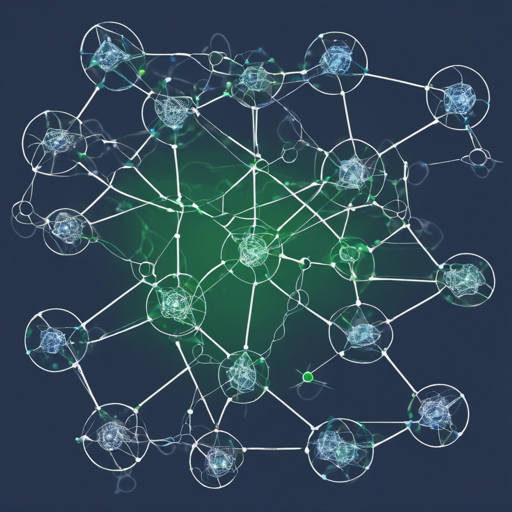In the world of natural language processing (NLP), dependency parsing plays a crucial role in understanding the grammatical structure of sentences. One powerful tool in this domain is the BIST parsers, which utilize a unique approach involving Bidirectional Long Short-Term Memory (BiLSTM) networks. This article serves as a step-by-step guide to setting up and using BIST parsers effectively, built into a user-friendly format. Let’s dive in!
Understanding the Concept
Think of dependency parsing as a detective trying to unravel the relationships within a complex web of sentences. Each sentence consists of words that form connections based on grammar. The BIST parsers act as tools for this detective, analyzing and drawing these relationships using BiLSTM networks, which can remember information about both the past and future words, creating a more accurate mapping of syntax.
Required Software
- Python 2.7 interpreter
- DyNet library
Train a Parsing Model
To begin training your parsing model, you need to prepare your dataset. You must have training.conll and development.conll files formatted according to the CoNLL data format.
Here’s how to do it:
- For a faster graph-based parser, navigate to the
bmstparserdirectory (1200 words/sec). - For a more accurate transition-based parser, go to the
barchybriddirectory (800 words/sec).
The benchmark accuracy, achieved using a MacBook Pro with an i7 processor, shows that the graph-based parser scores 93.8 UAS while the transition-based parser reaches 94.7 UAS on the standard Penn Treebank dataset.
Training Command
To train the parsing model, use the following command at the command prompt:
python src/parser.py --dynet-seed 123456789 [--dynet-mem XXXX] --outdir [results directory] --train training.conll --dev development.conll --epochs 30 --lstmdims 125 --lstmlayers 2 [--extrn extrn.vectors] --bibi-lstmFor optimal results with a transition-based parser, add the following switches:
--k 3(sets the stack to 3 elements)--usehead(uses the BiLSTM of the head of trees as feature vectors)--userl(adds the BiLSTM of the rightmost children to the feature vectors)
Parse Data with Your Parsing Model
Once your model is trained, you can parse new data with the following command:
python src/parser.py --predict --outdir [results directory] --test test.conll [--extrn extrn.vectors] --model [trained model file] --params [param file]The parser will output the results in the specified out directory.
Troubleshooting
While using the BIST parsers, you may encounter some issues. Here are a few troubleshooting tips:
- If your model is not training, ensure that you have correctly formatted your CoNLL files.
- Confirm that all required libraries and dependencies are installed. You can check DyNet documentation for help.
- For model performance issues, try adjusting the LSTM layers or dimensions to optimize performance.
- If you run into specific errors, consider checking community forums or reaching out for support.
For more insights, updates, or to collaborate on AI development projects, stay connected with fxis.ai.
Conclusion
At fxis.ai, we believe that such advancements are crucial for the future of AI, as they enable more comprehensive and effective solutions. Our team is continually exploring new methodologies to push the envelope in artificial intelligence, ensuring that our clients benefit from the latest technological innovations.

